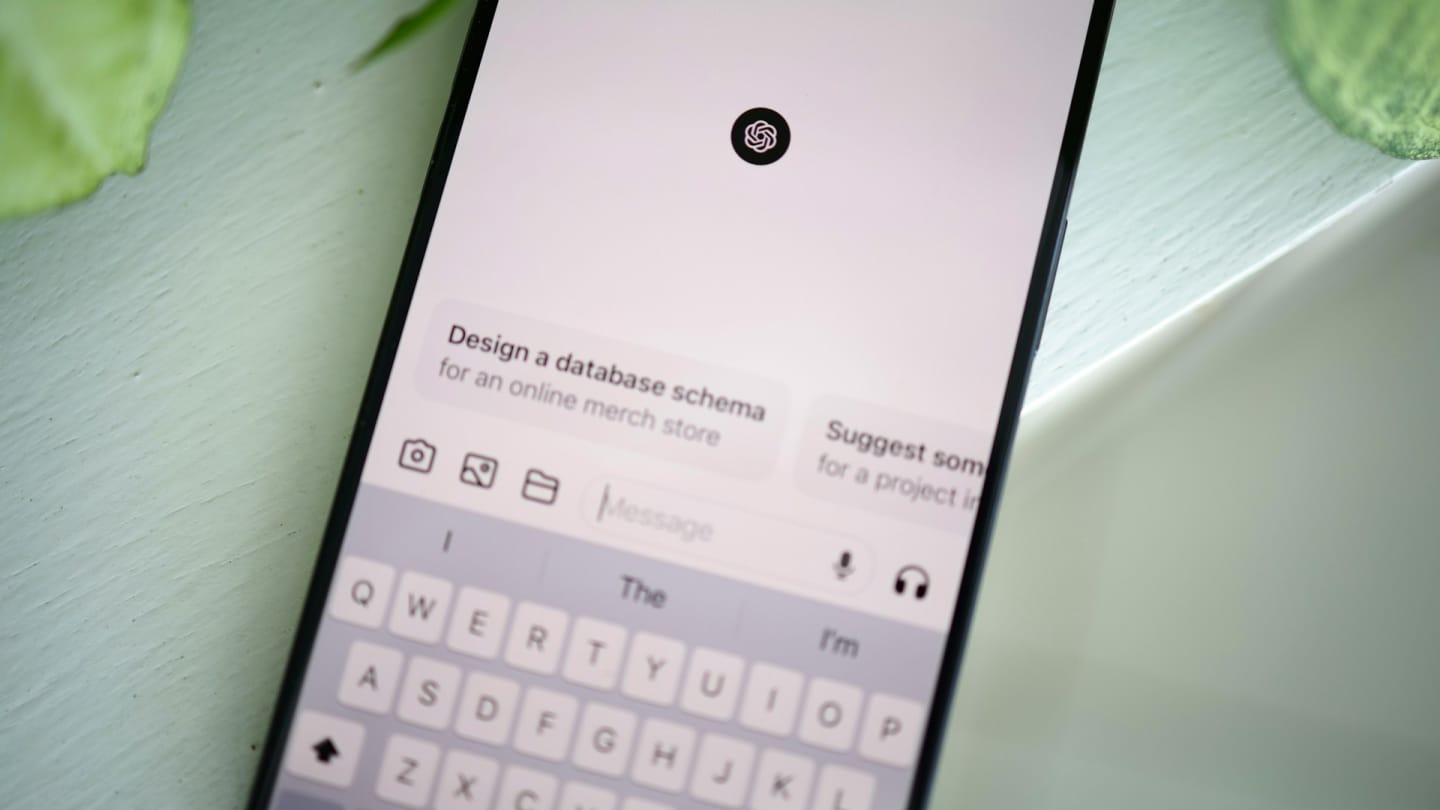Behind the Scenes: How Does ChatGPT Really Work?
September 12, 2024 | ChatGPT vs Friends
Uncover the mechanics of ChatGPT, exploring the GPT-4 architecture, language models, and deep learning that power this conversational AI.

Ever wondered how ChatGPT can have human-like conversations? You’re not alone. This fascinating AI has taken the world by storm.
In the realm of artificial intelligence, understanding how ChatGPT works is a window into the future of technology.
ChatGPT isn’t just a fancy chatbot . It’s a product of advanced deep learning and sophisticated language models.
Let’s dive into the AI mechanisms that make it tick.
The Foundation: Language Models
At the heart of ChatGPT lies a language model. But what exactly is a language model? Simply put, it’s a system that understands and generates human language.
Language models predict the next word in a sentence. For example, if I say “The sky is,” you might predict “blue.”
These models learn from vast amounts of text data. They recognize patterns, grammar, and context.
Evolution of Language Models
Language models have come a long way. Early models were basic and had limited capabilities. With advancements in deep learning, they’ve become more sophisticated.
The shift from rule-based models to neural networks was a game-changer. Neural networks mimic the human brain’s structure.
They can process complex patterns in data.
Deep Learning: The Brain Behind the Operation
Deep learning is a subset of machine learning. It uses neural networks with many layers — hence the term “deep.”
These layers allow the model to learn multiple levels of abstraction. In the context of language, this means understanding not just words, but sentences and paragraphs.
Neural Networks Explained
Imagine neural networks as a web of interconnected nodes. Each node processes information and passes it on. This structure enables the model to handle complex tasks like language understanding.
Deep learning allows ChatGPT to grasp nuances, idioms, and even humor. It’s what makes conversations feel natural.
GPT-4 Architecture: The Powerhouse
ChatGPT is built on the GPT-4 architecture. It’s a type of model that excels in generating human-like text. GPT stands for Generative Pre-trained Transformer.
What Makes GPT-4 Special?
GPT-4 is trained on diverse internet text. It learns grammar, facts, and reasoning. The “transformer” part refers to its ability to focus on different parts of the input when generating output.
This attention mechanism is crucial. It helps the model understand context and maintain coherence in conversations.
Training the Model
Model training involves feeding the AI massive amounts of data. It learns by predicting the next word in a sentence. Over time, it adjusts its parameters to improve accuracy.
The process is resource-intensive. It requires powerful computers and significant time. But the result is a model that can generate text indistinguishable from that written by humans.
AI Mechanisms in Action
So how does ChatGPT generate responses? When you input a message, the AI processes it through its layers.
Step-by-Step Process
- Input Processing: The model receives your text.
- Understanding Context: It analyzes the input, considering context and previous interactions.
- Generating Response: It predicts the best next words to form a coherent reply.
- Output Delivery: The response is presented to you.
This happens almost instantaneously. The AI’s ability to understand and respond is thanks to its advanced architecture.
Practical Applications
ChatGPT isn’t just for casual conversation. It has real-world applications across various industries.
1. Customer Service
Companies use AI chatbots to handle customer inquiries. This reduces wait times and improves efficiency.
Example
2. Education
AI tutors can provide personalized learning experiences. They can adapt to a student’s pace and style.
Example
3. Content Creation
Writers use AI to generate ideas or draft articles. It can help overcome writer’s block and increase productivity.
Example
Best Practices When Interacting with AI
To get the most out of ChatGPT, consider these tips.
Be Clear and Specific
The clearer your input, the better the response. Ambiguous questions can lead to less accurate answers.
Provide Context
If you’re discussing a complex topic, provide background information. This helps the AI understand and generate relevant responses.
Challenges and Limitations
Despite its capabilities, ChatGPT has limitations.
1. Lack of True Understanding
AI doesn’t “understand” text as humans do. It predicts patterns based on data. This can lead to mistakes or nonsensical answers.
2. Potential for Bias
Since the model learns from internet text, it can pick up biases present in the data. Efforts are made to mitigate this, but it’s an ongoing challenge.
3. Over-Reliance
Relying too much on AI can hinder critical thinking. It’s a tool to assist, not replace human judgment.
The Future of Conversational AI
The development of models like GPT-4 is just the beginning.
Continuous Improvement
Researchers are constantly working to improve AI models. Future iterations will be more accurate and versatile.
Ethical Considerations
Transparency and responsible development are key. As AI becomes more integrated into society, ethical use becomes crucial.
ChatGPT is a remarkable achievement in AI. Understanding its inner workings helps us appreciate the technology and use it effectively.
From the GPT-4 architecture to deep learning, each component plays a vital role. The responsible development and usage will shape the future of conversational AI.
Knowing how ChatGPT works empowers you to make the most of this innovative tool, whether you’re chatting for fun or using it professionally.